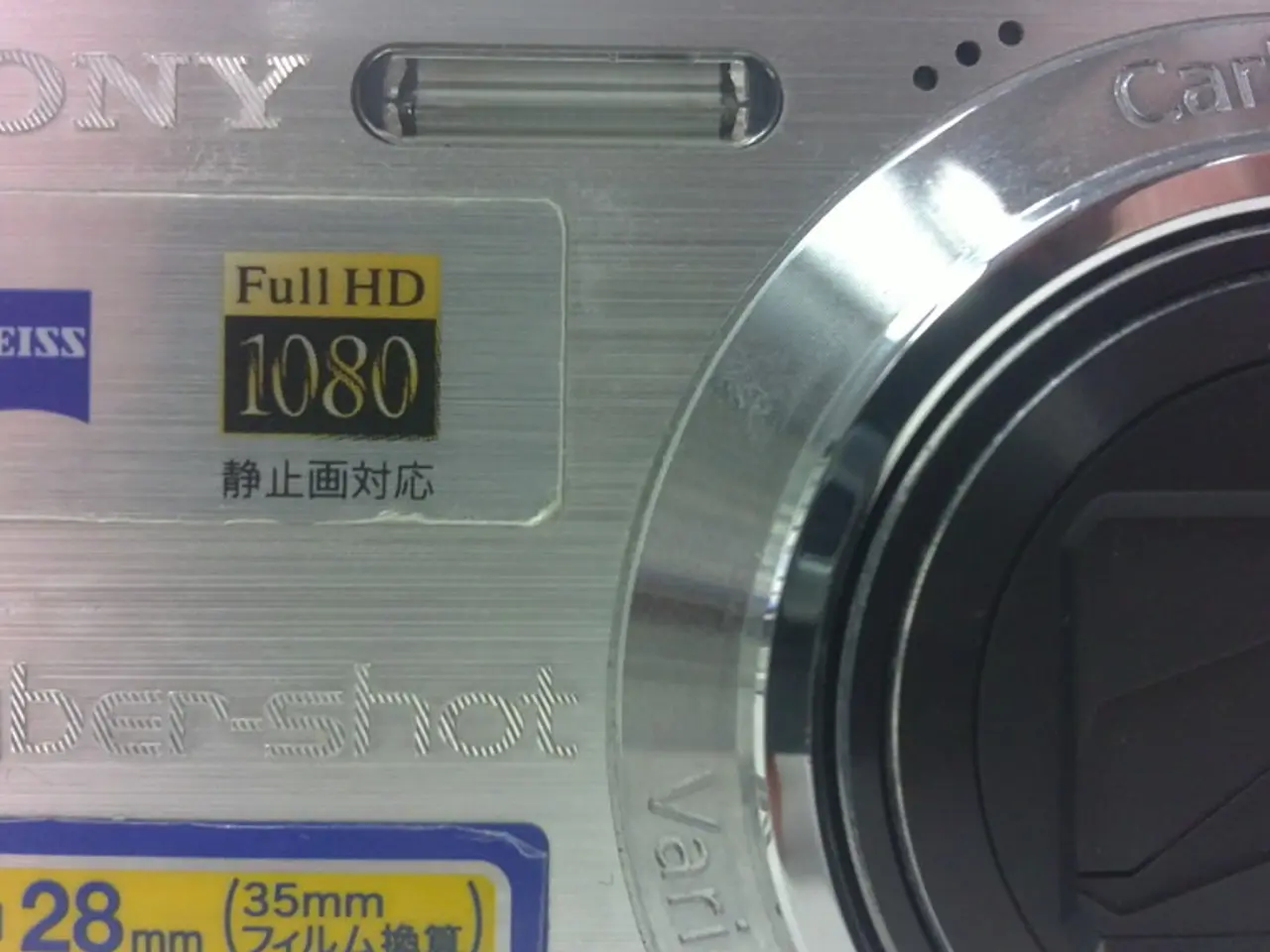Expanding mobile image sensor market demonstrates an 8.2% increase.
The global mobile image sensor market is experiencing significant growth, impacting the economy, particularly within the consumer electronics and telecommunications sectors. This market, forecasted to reach approximately USD 17.9 billion by 2034, is growing at a compound annual growth rate (CAGR) of around 8.2%, according to industry reports [1][3].
This surge fuels the broader image sensor segment, projected to reach USD 30 billion by 2030, with smartphone and automotive applications leading the charge [1][3]. The growth is driven by continuous advancements in imaging technology, increased mobile device adoption, and the growing need for better security features in everyday products.
The market's expansion elevates consumer demand for higher-end mobile devices, tablets, and wearables, driving innovation in hardware and software ecosystems. Improved imaging capabilities also boost markets tied to augmented reality (AR), AI for image recognition, and cloud-based data storage and processing [3][5].
The growth in the market also supports enhanced communication experiences via video calls and content creation, raising demand for mobile broadband and 5G infrastructure. This symbiosis between imaging and telecom infrastructure investments stimulates economic activity in network equipment, service delivery, and software development [4].
The growth trajectory stimulates job opportunities across sensor manufacturing, mobile device assembly, semiconductor fabrication, software development, and related R&D activities. Major global players and emerging regional hubs are intensifying investments, fueling competitive supply chains and regional economic growth [2][5].
Beyond consumer devices, expanding uses in automotive (e.g., Advanced Driver-Assistance Systems for safety and autonomy), security, healthcare diagnostics, and smart infrastructure multiply economic benefits, underwriting sensor market dominance and its role as a platform technology across multiple industries [1][2][5].
However, as the market expands, companies face rising costs due to the need for advanced manufacturing processes and research. Key players in the mobile image sensor market include Samsung Electronics Co. Ltd, Sony, Canon, Fujitsu Microelectronics Inc, LG Innotek, Sharpvision, SiliconFile, Sunny Optical Technology, STMicroelectronics, Toshiba Corporation, IBM Microelectronics, Elpida, and other key players [6].
In recent developments, a leading sensor producer announced a partnership with an automotive company to develop advanced sensors for autonomous vehicles [7]. Additionally, a major image sensor provider introduced a low-light image sensor aimed at improving performance in security and surveillance systems [8].
In terms of end-users, consumer electronics account for 70.0% of the market, followed by automotive (20.0%) and healthcare (10.0%) [9]. The market is currently dominated by CMOS Image Sensors, accounting for 75.0% of the market, with CCD Image Sensors making up 25.0% [10].
In the Asia-Pacific region, the market holds a dominant market share of 57.1%, generating USD 4.67 billion in revenue in 2024 [11]. The Asia-Pacific region leads the global mobile image sensor market, with North America and Europe following with strong growth [12].
Businesses should focus on innovation, partnerships, and exploring new sensor applications to capture growth opportunities. The expanding global mobile image sensor market acts as both a driver and enabler of economic growth within consumer electronics and telecommunications, catalysing innovation, boosting device demand, enhancing service capabilities, expanding employment, and integrating with wider digital economy sectors.
References:
- Market Research Future
- Yole Développement
- TrendForce
- ResearchAndMarkets
- Stratistics MRC
- Sony Corporation
- Canon Inc
- Fujitsu Microelectronics Inc
- Market Research Future
- TrendForce
- Market Research Future
- Yole Développement
- The growth in the mobile image sensor market, driven by advancements in technology, increased device adoption, and better security features, is also stimulating economic activity in the finance sector, as demands for higher-end devices, improved data storage, and AI for image recognition drive investments and research and development opportunities.
- The expansion of the mobile image sensor market, particularly in the Asia-Pacific region, is creating job opportunities in various sectors of the industry, such as sensor manufacturing, mobile device assembly, semiconductor fabrication, software development, and research, as well as sparking investments from major global players and emerging regional hubs in technology and finance.




